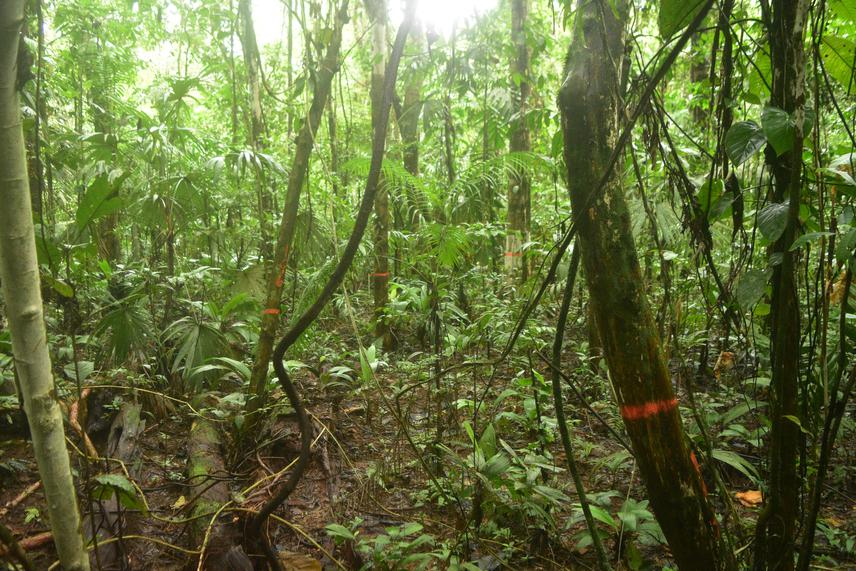Social media video featuring the project.
Hector Alexis Luque Machaca
This study will provide information that will allow the comparison of the composition and structure of the assemblage of terrestrial mammals in forests in different stages of post-logging regeneration through three objectives: The first objective will allow to compare the richness of and structure of the assemblage of terrestrial mammals between forests harvested with different years of regeneration and non-logged forests as controls. The second and third objectives will allow estimating the proportion of area occupied by the assemblage of terrestrial mammals in forests without forest exploitation and forests harvested with different regeneration states at the local scale and the landscape scale, respectively. Finally, the comparison of variables of presence/absence of mammals with variables at the local scale, landscape scale and forest management variables will help to reveal which of these variables are influencing the variations of the richness of the assemblage of mammals, as well as their occupancy.

Forest with marked and measured trees in Sarapiquí, Costa Rica
Throughout the world, primary tropical forests are being lost at an accelerated rate, and many of these forests are degraded by forest harvesting. This activity causes impacts on the associated fauna and can reduce the quality of habitat for many mammal species. Although a significant number of studies have been conducted to assess the impacts of this activity on the assemblage of mammals, the understanding of how forest use affects this group in the tropical forests of Central America remains limited.
In Costa Rica there are no studies that quantify, in a predictive framework, the responses of the assemblage of mammals to anthropic activities such as forest exploitation. In large part, this is due to the absence of favorable conditions for comparative studies between different levels of natural regeneration after forest harvesting. In Sarapiquí Costa Rica, there are logged forests in different stages of post-logging regeneration. These conditions will allow me to carry out a comparative study to quantify changes in the assemblage of mammals over time in forests used by the logging industry.
This study will provide basic information that will allow the comparison of the composition and structure of the assemblage of terrestrial mammals in forests in different stages of post-logging regeneration. The comparison between these forests will provide an approximation of the time it takes for terrestrial mammal specialists and generalists to recolonize these forests. Regarding the occupancy, the results of this study will allow us to understand how terrestrial mammals use habitat in this type of forest on a local scale, as well as how they are distributed at a landscape scale. Also, it will be possible to identify species which are sensitive to this type of forest disturbance. In this manner, this research will permit a better approximation of the knowledge of how terrestrial mammals adapt to landscapes destined for forest exploitation and what measures should be taken to avoid local extinctions that can alter the ecosystem balance of the tropical forests of Sarapiquí in Costa Rica.